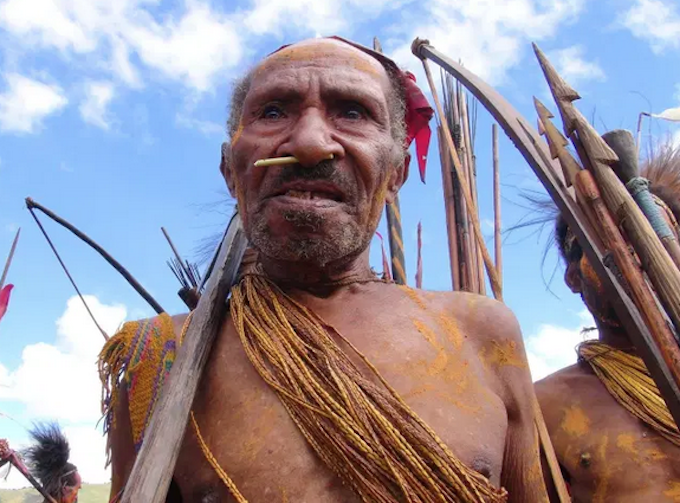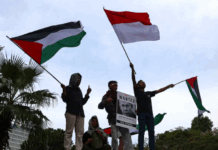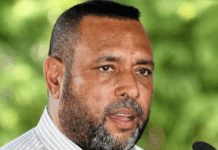
COMMENT: By Scott Waide in Lae, Papua New Guinea
The primary weapon of choice for Papua New Guinea tribes spread out over the Upper Watut to Aseki, Menyamya, Kaintiba in the Gulf Province and Marawaka in the Eastern Highlands is the bow and arrow.
Theirs was a culture into which I was immersed at an early age.
Every boy had to know how to make a bow. The men carried black palm bows which were incredibly difficult to draw.
The bows for play, were made of bamboo.
I quickly learned that not all bamboo is equal.
The bamboo for bow making could not be harvested too young. It had to reach a certain level of maturity so it was flexible and not brittle.
It’s difficult to explain in written text, unfortunately. Those who made their own bows would understand.
Knife came in handy
The knife came in handy always. Every kid had a knife with which you use to cut and shape the bamboo. Each end had to be pointed to allow for the bowstring to sit comfortably.
The length of the bow was shaved with a very sharp knife or a piece of broken bottle. It was a skill we learned and perfected. Once the bow was done, the next step was to go into the tall patches of kunai and find the clumps of pitpit that made perfect arrows.
The type of pitpit grew everywhere.
For the grownups, the bows were made of black palm and they were incredibly difficult to draw.
The arrows were not fired from eye level like in the movies. In most instances, the archer would raise the bow up to the sky with the arm holding the bow, straight. The string would be pulled back and in one fluid motion, the archer would draw and fire from the hip.
The archers, learned over generations that without feathered arrows, the projectiles when fired, would travel in an upward curve. It was deadly at short distances.
We imagined our own battles when we gathered to “fight” out pitpit wars.
Banned … but battles continued
Our teachers at Menyamya Community School banned bows and arrows in the school premises because a few birds and boys got injured. That didn’t stop the battles from continuing after school.
The adventures continued on the weekends when we convened along the river banks when the floods came.
This is another chapter from Menyamya. It is an adventure unfinished and will never be… at least in spirit. The memories live on in time.
Scott Waide is a Lae-based senior journalist in Papua New Guinea. He writes the blog My Land, My Country and his articles are frequently republished by Asia Pacific Report.










































